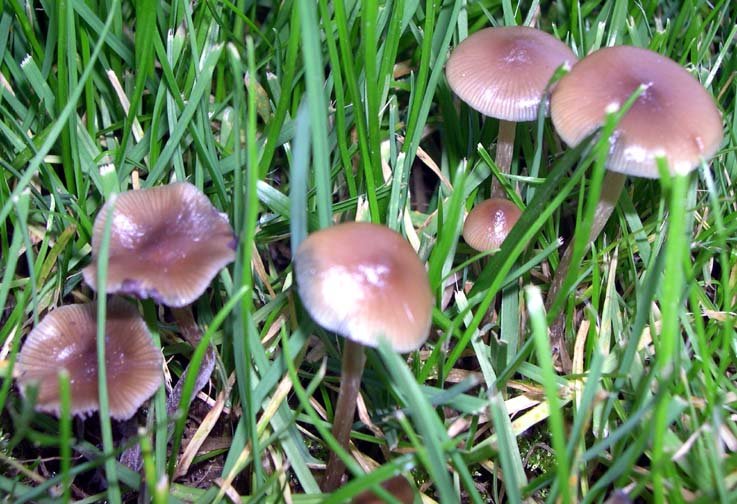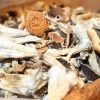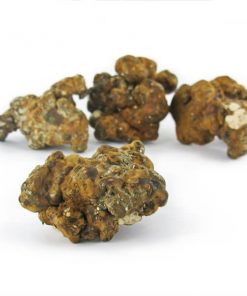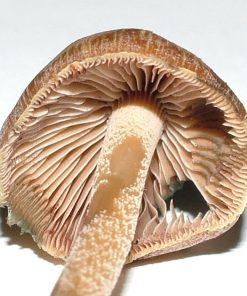Psilocybe Stuntzii
$180.00 – $1,200.00Price range: $180.00 through $1,200.00
Psilocybe Stuntzii For Sale | Buy Psilocybe Stuntzii Online
Psilocybe stuntzii, also known as Stuntz’s Blue legs and Blue Ringers it is a psilocybin mushroom of the Hymenogastraceae family, having psilocybin and psilocin as main active compounds.
Psilocybe stuntzii is a rare mushroom originally found on the campus of the University of Washington in the USA. The nicknames “blue legs” and “blue ringers” arise from the significant bluing reaction this species undergoes in response to handling or age. Dark blue, green or violet splotches are common on older caps.
This species is only found on the Western coast of North America, south to Santa Cruz, California. It prefers a woody substrate, growing on decaying debris as well as fresh mulch and wood chips. P. stuntzii is also able to tolerate grassy areas, appearing on fresh sod or on very well-manicured lawns. Wherever it is found, this species rarely grows alone and is habitually found in small “bouquets” or tight groups.
The bluing reaction that gives this species its nicknames is due to the oxidation of its active compounds. It contains moderate to high levels of psilocybin, along with low quantities of psilocin and trace baeocystin. This tends to provide an overall moderate, but potentially long-lasting, psychoactive experience. The flavour and scent of this species is generic to Psilocybe, lightly floury or “farinaceous”.
P. stuntzii should be collected with care, as it shares its range with a toxic mushroom that features similar characteristics. Galerina marginata looks nearly identical in appearance, however P. stuntzii will be sticky to the touch when moist due to its removable, gelatinous pellicle. The two are commonly encountered on decaying wood and have been included in a group of fungi being investigated for their capacity to decompose harmful or contaminated waste through composting.
Rare outside of its natural range, spores of P. stuntzii can be purchased online, though difficulty of cultivation is not well known. Further, as most Psilocybe mushrooms have an appreciable bluing reaction, “blue legs” or “blue ringers” in their dried form are difficult to distinguish from other psychoactive species. Found in the wild and properly identified, P. stuntzii is a moderately potent and mildly flavoured mushroom, a good species as an introduction to the genus.
Description
- The pileus is .5–3.5 cm, obtusely conic to convex, expanding to convex-umbonate or flat with age.[2] The margin is translucent-striate when moist and uplifted in age. It is hygrophanous, glabrous, dark chestnut brown while lighter towards the center. The pileus is olive-greenish at times, fading to a pale yellowish brown or pale yellow.[2] It is viscid when moist from a gelatinous pellicle, staining slightly greenish-blue when injured or with age.
- The gills are adnate or sinuate or adnexed, close to sub-distant and moderately broad, yellowish brown at first, soon violet brown or chocolate brown to blackish violet, and uniform or somewhat mottled, with whitish edges. The spore print is dark violaceous brown.
- The spores are 8.2–13.5 x 6 – 7.1–7.7 x 5.5–6.6 μm, subrhomboid in face view, subellipsoid in side view, with a hillar appendage visible and a truncate apex with a broad germ pore, thick walled, and dingy yellow brown.
- The stipe is 2–7.5 cm x 1.5–6 mm, equal or slightly enlarged at the base, cylindric or subcylindric, twisted striate at times, flexuous, glabrous to slightly fibrillose, dry, stuffed with a pith and becoming hollow, and white or whitish silky to ochraceous or brownish fibrillose. The partial veil is thinly membranous, leaving a fragile annulus that becomes more noticeable as it darkens with spores. It stains blue-green when injured, most noticeably on the ring.[2]
- The taste and odor of Psilocybe stuntzii are farinaceous.
- Microscopic features: The basidia are 16.5–33 x 5.5–8.8 μm, 4-spored, and hyaline. Pleurocystidia are absent and cheilocystidia are 22–30 x 4.4–6.6 μm, abundant, forming a sterile band, hyaline, lageniform, fusiform-lanceolate or fusoid-ampullaceous, with an elongate and flexuous neck, and are 1–2.2 μm in diameter, sometimes irregularly branched. Clamp connections are present.
| SELECT QUANTITY | oz, 1/4 pound, 1/2 pound, 1 pound |
|---|
Reviews
There are no reviews yet.
Related products
Dried Magic Mushrooms
Dried Magic Mushrooms
Dried Magic Mushrooms
Magic Truffles
Dried Magic Mushrooms
Magic Truffles
Dried Magic Mushrooms












Be the first to review “Psilocybe Stuntzii”